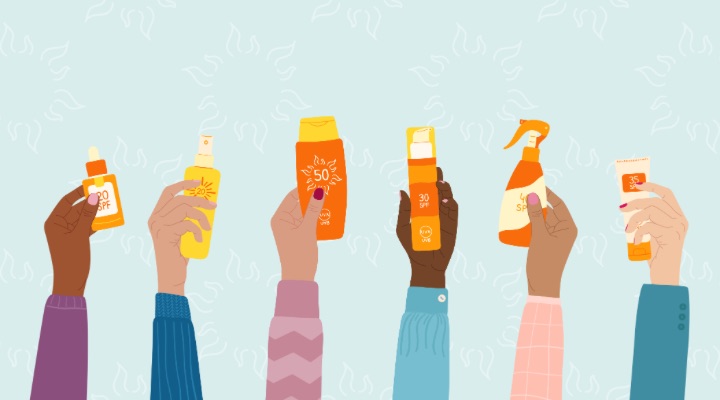Sun Safety Information
Sun Sense from Zitelli & Brodland
Welcome to our Sun Safety Information page, where your skin's health takes center stage. At Zitelli & Brodland, we prioritize your well-being by providing essential insights into sun safety. As leaders in skin cancer care, we understand the allure of the sun and the importance of balance. Discover expert advice on protecting your skin from the harmful effects of ultraviolet rays, ranging from the latest in sunscreen recommendations to practical tips for minimizing sun exposure. Empower yourself with knowledge that not only enhances your skin's radiance but also safeguards against the long-term consequences of sun damage. Your journey to sun-safe skin begins here.
Sun Safety FAQs
The sun produces two kinds of rays, visible and invisible. The rays you can’t see (invisible) are known as ultraviolet A (UVA), ultraviolet B (UVB), and ultraviolet C (UVC). These invisible rays are dangerous to your skin and can cause suntan, sunburn and sun damage. Plus, UV rays can also cause cataracts, which are gradual clouding of the lens of the eye.
There is truly no such thing as a 'safe' tan.
Sunbathing, while often enjoyed for its relaxing qualities, poses significant risks to skin health. Prolonged exposure to ultraviolet (UV) rays from the sun increases the likelihood of skin damage, premature aging, and raises the risk of skin cancer. UV radiation penetrates the skin, causing DNA damage and increasing the production of free radicals. Over time, this damage accumulates, leading to wrinkles, sunspots, and potentially skin cancer. To safeguard your skin, it's advisable to use sun protection measures such as sunscreen and limit sun exposure.
Indoor tanning salons use ultraviolet light, so they have the same side effects as the sun – including more rapid aging, and increased chance of melanoma and skin cancer. No kind of ultraviolet light is safe!
For years, people used to think that a suntan was a sign of good health. The fact is just the opposite. A suntan is the skin’s response to injury from sunlight. Although a suntan might look good on the surface, remember, it’s a sign of permanent injury.
There is a substance produced by the skin called melanin (mel-a-nin). When UV rays enter the skin, the skin protects itself by making more melanin, causing a tan. The more melanin you have in the skin the more protected you are from ultraviolet light. However, the protection is only equal to a sunscreen with a protection and is not a substitute for a sunscreen lotion.
It’s not the heat that causes the damage; it’s the ultraviolet light. It is important to remember that the sun is still dangerous even when it is not your typical summer day. UV rays may still be strong on cold or overcast days and can penetrate through cloud cover, fog, and haze. However, certain things do make UV light more intense. Here is a list of things that can increase the amount of UV light you are getting.
- Summer
- Time of day (10 a.m. – 3 p.m.)
- High altitudes
- Proximity to the equator
- Wind
- Reflected rays from water, sand or snow
- Some medicines including antibiotics and acne medicines can make skin more susceptible to sunburn & sun damage.
Sun Safety Tips
AVOID THE SUN
Stay in the shade whenever possible. You should be especially careful between 10 a.m. and 3 p.m. when the sun’s rays are strongest, or when the UV index in your area is high. Remember you can still get sunburn on cloudy days, too.
BEWARE OF REFLECTIVE SURFACES
Even when you think you’re in the shade you may be exposed to the sun. Reflective surfaces, such as water, sand and snow can reflect up to 85% of the sun’s damaging rays into the shade.
COVER UP
Wear clothing that will protect your skin’s sensitive areas. Loose-fitting tightly woven fabrics; dark-colored, long-sleeved shirts, blouses or skirts, hat with a 4 inch wide brim; and UV – protected sunglasses are recommended. Special sun protective clothing can be purchased through Sun Precautions-Solumbra Clothing (800-882-7860), Cabela’s (800-844-2267), L.L. Bean (800-809-7057), Orvis (800-333-1550), and Sportif USA (775-359-6400).
USE SUNSCREEN
Sunscreens work by absorbing, reflecting or “scattering” the sun’s rays. They are available in many forms and are labeled with SPF (sun protection factor) numbers. Use a broad-spectrum sunscreen with a minimum of SPF 30. Apply 20 minutes before going out and reapply every two hours. Your sunscreen should block both UVA and UVB, most sunscreens break down when exposed to the sun, reducing their UVA protection. Anthelios SX is a new & improved sunscreen that absorbs both UVA & UVB. It is stable and lasts longer on your skin. Neutrogena adds Helioplex to stabilize many of their sunscreens and prevent breakdown by the sun. Other good sunscreens are: Banana Boat, Coppertone, Hawaiian Tropic, Olay Complete, Solbar PF, Blue Lizard, Total Block and Vanicream.
PROTECT YOUR LIPS
The lips have no natural pigment and therefore are very susceptible to sunburn and skin cancer. Use a sunscreen lipstick and reapply often.
APPLY ENOUGH
The effectiveness of any sunscreen depends on the amount applied. A recent study found that most people use about ¼ as mush as they should. To be sure you adequately cover the body, apply liberally, using about an ounce of sunscreen (one shot glass full). Cover every exposed surface, including those areas which people frequently miss: ears, scalp, lips, and front and back of the hands and neck. Also apply under thin clothing such as T-shirts or polo shirts. For best results, apply directly from the bottle/tube to each body part, then rub it in.
APPLY SUNSCREEN DAILY
The best way to reduce UV exposure and its damage is DAILY application of sunscreen. Most people apply sunscreen only before outdoor activities such as swimming, golfing, boating, or going to the beach. However, more than half of ultraviolet light exposure occurs in non-summer months and during routine daily activities when most people are not protected with sunscreen. It’s never too late to start; a person who begins using SPF-15 sunscreen daily at age 40 can reduce lifetime exposure by 40%.
PROTECT YOUR CHILDREN
Studies show severe sunburns in the childhood or teenage years can increase the risk for melanoma later in life. So, take extra care to protect babies and children from the sun. Imagine how much sun damage would be avoided if all children wore sunscreens daily – teach children at an early age.
From Our QualDerm Family of Providers: Kids and Sunscreen
Featured Products
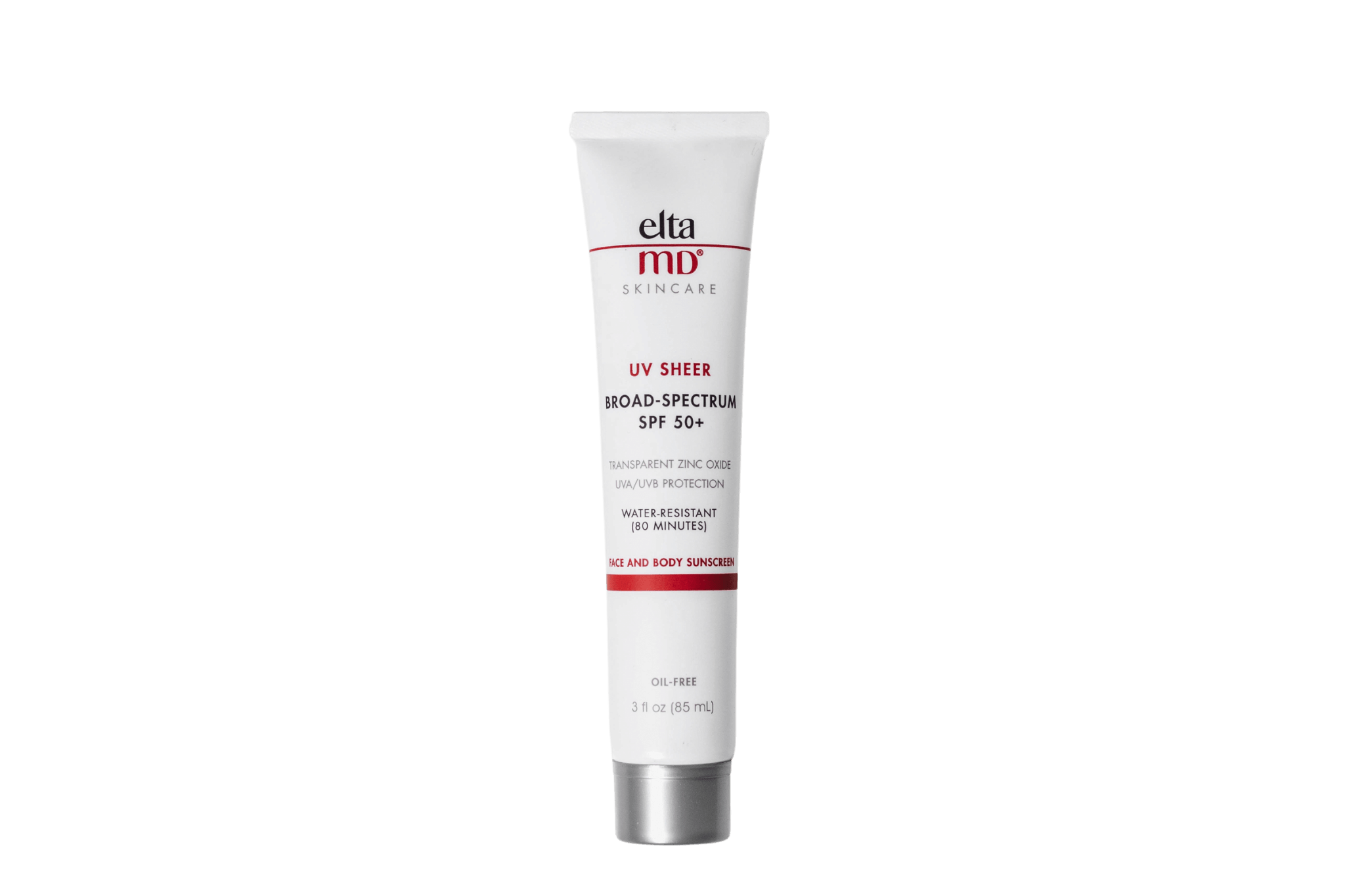
EltaMD UV Sheer Broad-Spectrum SPF 50
UV Sheer has a lightweight, hydrating formula that feels silky to the touch and light and airy on the skin. It goes on smooth absorbing quickly into skin and helps even out skin tone. This facial sunscreen offers up to 80 minutes of sweat and water-resistance making it the ideal choice for an active lifestyle, hot and humid weather and for anyone looking for a lightweight and hydrating sunscreen to live freely under the sun. UV Sheer is formulated to be compatible on all skin tones without leaving a white cast. 3.0 oz
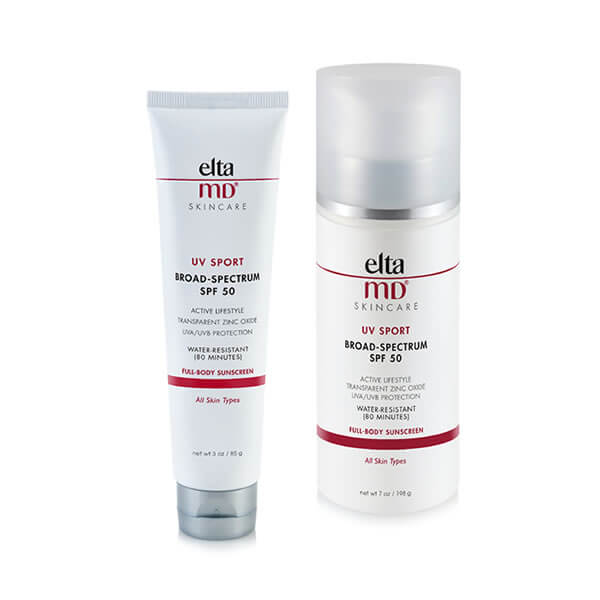
EltaMD UV Sport SPF 50 3oz, 7 oz
Have your fun in the sun – but play it safe. This sunscreen is great for swimmers, skiers, runners, golfers and other athletes – or for those who just love to be outdoors! UV Sport is water-resistant, so it won’t rinse off in water or drip into your eyes and sting when you sweat.
Featured Healthy Skin Blogs

- Skin Cancer
Discover the truth about UV radiation and sunscreen as we debunk common myths in this blog.
Read More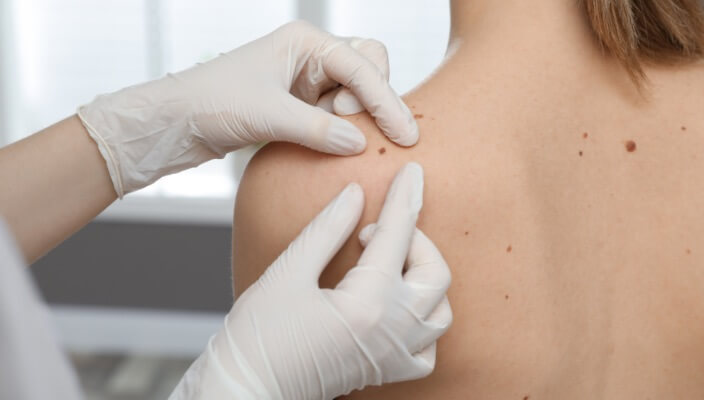
- Skin Cancer
- Skin Exams
This comprehensive guide will walk you through what to expect during a Total Body Skin Exam (TBSE).
Read More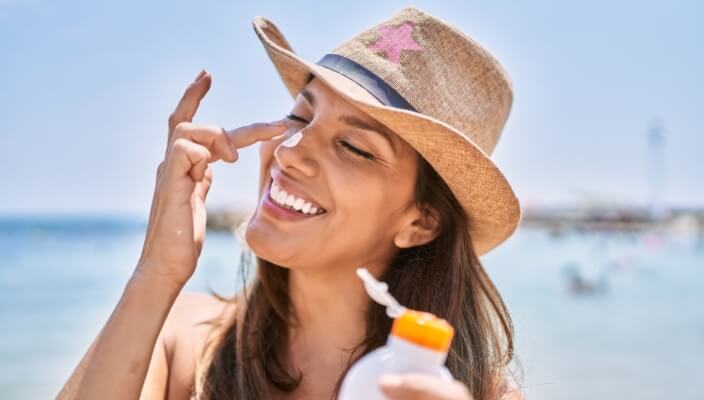
- Sun Safety
From SPF to water resistance, consider this your ultimate guide to protection against harmful UV rays.
Read More
